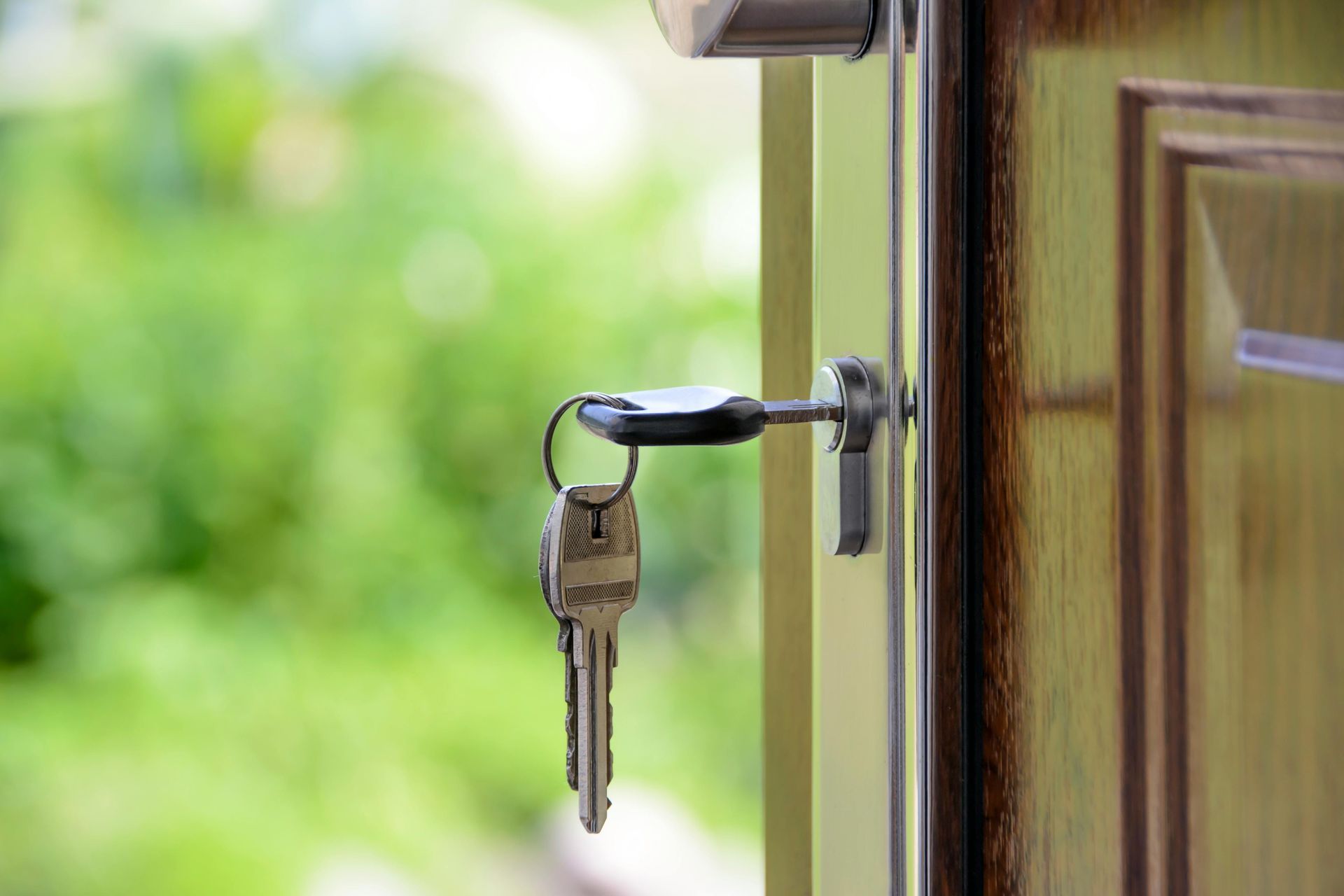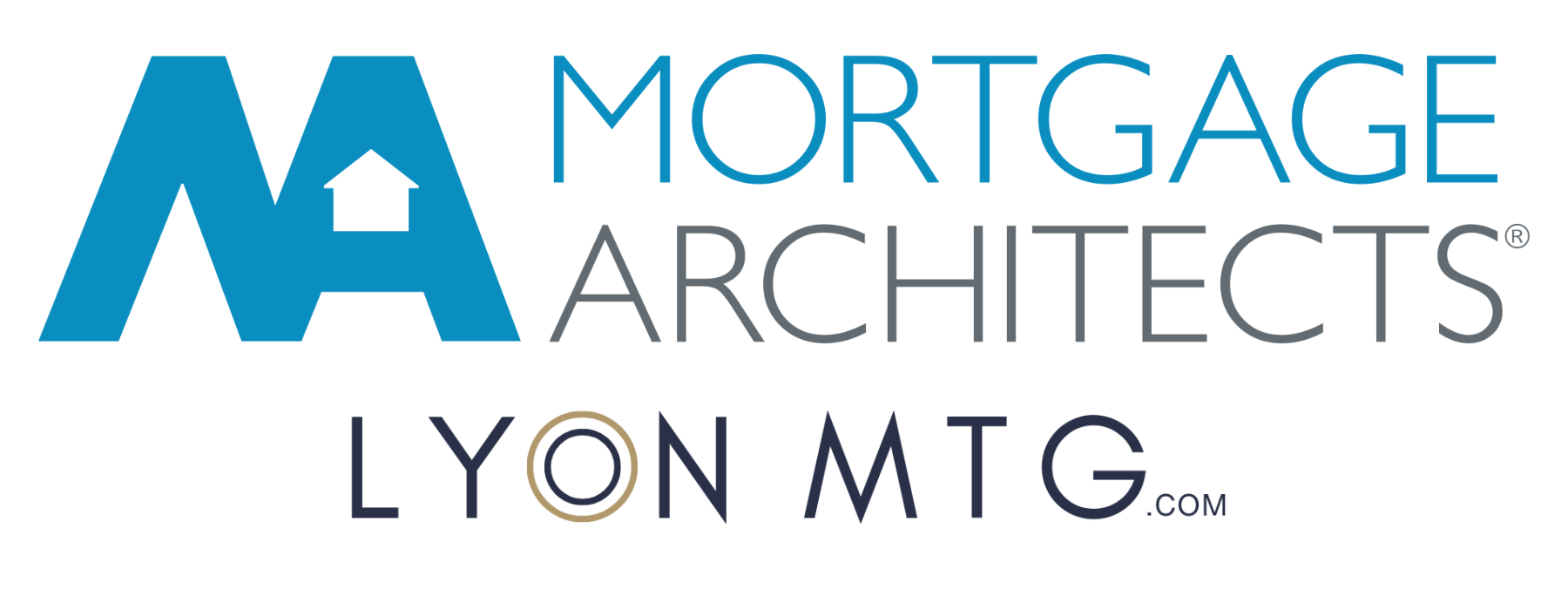Understanding HELOCs: How They Work and When to Use One
You might come across the term HELOC when talking about mortgages or borrowing options. It stands for Home Equity Line of Credit, a flexible loan that lets you access the value you’ve built up in your home.
Even though HELOCs are fairly common, they’re often misunderstood. Many people aren’t sure how they actually work, how they differ from a mortgage, or when using one makes sense.
Whether you already own a home or are planning to buy one, understanding HELOCs can help you make smarter financial decisions. Let’s look at what they are, how they work, and when they can (and can’t) be a good idea.
What Is a HELOC?
A Home Equity Line of Credit (HELOC) lets you borrow money using the value you’ve built up in your home as security.
Before we get into the details, let’s start with the basics. A line of credit is a flexible loan with a set limit that you can borrow from as needed. You only pay interest on the amount you actually use, and you can repay and borrow again within your limit. This ability to borrow, repay, and borrow again makes it a revolving loan, which is different from an instalment loan like a mortgage, where you receive a lump sum and make regular payments until it’s fully paid off.
Now, a HELOC takes this concept and secures it against your house. Like a mortgage, if you fail to make the required payments, the lender can take and sell your house to recover their money. That’s why it’s important to treat a HELOC as a financial tool, not extra spending money.
Here’s a simple way to think about it:
- Your home has value.
- You likely have a mortgage, which is the amount you still owe.
- The difference between what your home is worth and what you owe is your equity.
- A HELOC allows you to borrow against that equity, turning part of your home’s value into available cash.
- The amount you can borrow depends on both your available equity and your income, which lenders review when determining your limit.
How Is the Limit Determined?
The amount you can borrow through a HELOC depends on your home’s value, how much you still owe on your mortgage, and your income.
Based on your equity
- The total amount of all loans secured by your home (your mortgage plus your HELOC) cannot exceed 80% of your home’s appraised value.
- The HELOC portion specifically cannot exceed 65% of that value.
So even if you have a lot of equity, lenders won’t approve a HELOC beyond these limits.
Based on your Income
Having enough equity in your home doesn’t automatically mean you qualify. Lenders also need to confirm that your income can support both your mortgage and the full HELOC limit, even if you don’t plan to use it all.
Each lender has its own approach for calculating your borrowing capacity. Some calculate the combined mortgage and HELOC balance at the HELOC rate, while others use a mix of the mortgage rate and HELOC rate. But all of them apply a mortgage stress test—they add 2% to the contract rate(s) to make sure your total housing costs don’t exceed 44% of your gross income.
This stress test ensures you can comfortably manage payments even if interest rates rise or your income changes.
How Rates and Payments Work
The only required payments on a HELOC are the interest payments. However, it's important to have a plan to pay back both the interest and the borrowed principal. Otherwise, you're just paying interest forever without actually reducing what you owe.
The interest rate on a HELOC is variable, meaning it moves up or down with the Bank of Canada’s rate. Lenders typically base HELOC rates on their prime rate, with most ranging from prime to prime + 0.5%.
To put this in perspective:
- HELOC rates usually range from prime to prime + 0.5%
- Variable-rate mortgages are typically below prime
- Unsecured lines of credit often range from prime + 2% to 4%
This makes HELOCs more expensive than variable mortgages but considerably cheaper than unsecured lines of credit.
Even though HELOC rates are usually higher than variable mortgage rates, the required payment is often lower (for the same principal amount) because you’re only paying the interest each month, not the principal. This can make a HELOC useful when managing short-term cash flow, but it’s still important to have a plan to start paying down the balance over time.
What Is a Re-Advanceable HELOC?
A re-advanceable HELOC automatically increases your available credit limit as you pay down your mortgage. For example, every time you reduce your mortgage principal, your HELOC limit grows, giving you access to more of your home’s equity over time.
In the past, your HELOC limit would increase dollar-for-dollar with each dollar of mortgage principal repaid. However, current rules limit the HELOC portion to 65% of your home’s value. This means your available limit still grows as you pay off your mortgage, but it will never exceed that 65% cap.
This structure can be useful if you want ongoing access to funds for renovations, investments, or other purposes over time.
What Can a HELOC Be Used For?
You can use a HELOC for anything, but since you're borrowing money that needs to be repaid with interest, it's important to use it wisely and have a repayment plan.
Common uses include:
- Emergency fund: Having access to funds when unexpected expenses arise
- Cash flow management: Managing short-term gaps between income and expenses
- Investing: HELOC Interest may be tax-deductible if used for investment purposes.
- Home renovations: Improve your property and potentially increase its value. (typically with a plan to refinance once complete)
- Debt consolidation: Replace higher-interest debt with lower-cost borrowing.
Just remember, a HELOC is not free money. You’re borrowing against your home, and misuse can put that home at risk. I always recommend consulting with a trusted professional before borrowing from your HELOC to ensure the plan aligns with your overall financial goals and you won't overextend yourself.
Real-World Example
Let's say your home is worth $1,000,000 and you have a $600,000 mortgage. You could get a HELOC for up to $200,000, assuming you have enough income to qualify for the overall limit of $800,000.
Here's the breakdown:
- Home value: $1,000,000
- Maximum total debt allowed (80%): $800,000
- Current mortgage: $600,000
- Available HELOC room: $200,000
Quick Summary
- HELOC (Home Equity Line of Credit): A revolving loan secured by your home.
- Total borrowing limit: Up to 80% of your home’s value (mortgage + HELOC combined).
- HELOC portion: Cannot exceed 65% of your home’s value.
- Rates: Variable, typically ranging from prime to prime + 0.5%.
- Payments: Interest-only required, but paying down principal is important to reduce long-term interest costs.
- Qualification: Based on income, credit, and a stress test—not just home equity.
- Re-advanceable HELOCs: The available limit increases automatically as you pay down your mortgage principal.
- Use wisely: Renovations, investments, or debt consolidation, not day-to-day spending.
Next Steps
If you’re considering a HELOC or wondering how it fits into your financial plan, let’s review your options together.
Need help with your mortgage? Book a consultation or call 778-988-8409.
Glossary
Equity: The difference between your home’s market value and the amount you owe on your mortgage. For example, if your home is worth $800,000 and you owe $500,000, you have $300,000 in equity.
HELOC (Home Equity Line of Credit): A revolving line of credit secured by your home that lets you borrow against your equity up to a set limit.
Prime Rate: The base rate banks use to set variable lending rates. It’s influenced by the Bank of Canada’s policy rate and affects variable mortgages and HELOCs.
Principal: The amount of money you borrow, not including interest.
Re-advanceable HELOC: A type of HELOC where your available credit limit increases automatically as you pay down your mortgage principal.
Revolving Loan: A loan that allows you to borrow, repay, and borrow again up to your credit limit, similar to a credit card.
Secured Line of Credit: A loan that uses an asset, such as your home, as collateral.
Stress Test: A qualification rule that ensures you can afford mortgage payments if rates rise, usually tested at 2% above your actual rate.
Variable Rate: An interest rate that changes over time with the Bank of Canada’s rate and market conditions.





